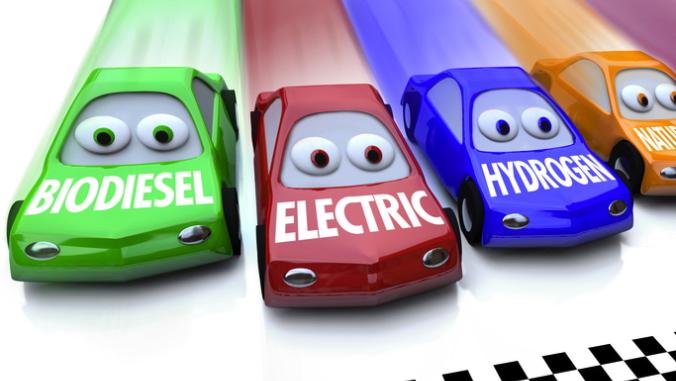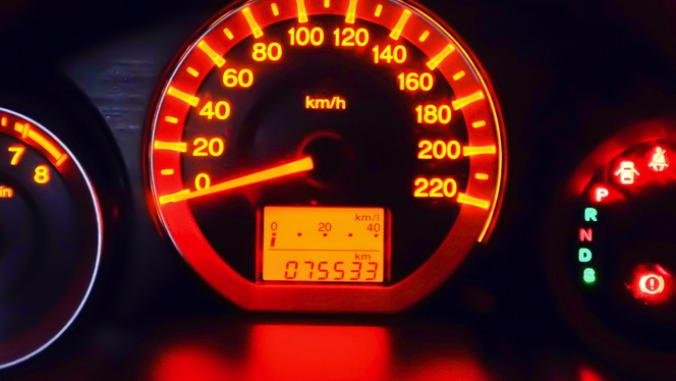Legal Troubles Overshadow Chevron's CR Report
Chevron released its annual Corporate Responsibility report today, but its accomplishments are being overshadowed by headlines this week that New York's Attorney General is questioning whether it has adequately warned shareholders about the risks it faces from a environmental lawsuit in Ecuador.

Chevron reduced greenhouse gas emissions by 800,000 metric tons of carbon dioxide equivalent last year, surpassing its annual target as it has done every year since 2004.
The San Ramon, Calif.-based oil and gas company has improved the energy efficiency of its operations 28 percent since 1992, Chevron said today in its annual corporate responsibility report. It will begin reporting waste data and also develop a protocol for reporting water use.
The news isn’t all rosy: Chevron, for example, revealed the amount of petroleum spilled into the environment grew in 2008, although the number of incidents declined. And tucked into the middle of the report, Chevron also offered an update on a legal case that has garnered lots of attention, particularly in the last few days.
Here’s the quick background: An Ecuadorean indigenous group sued Texaco in 1993 for allegedly dumping billions of gallons of toxic waste into local waterways when it pumped oil from the region from the mid-1960s to 1992, in partnership with state-owned Petroecuador. Texaco pulled out of the deal but Petroecuador continued working the wells.
The case, which Chevron inherited when it bought Texaco in 2001, eventually moved from the U.S. to Ecuador, where a verdict could be issued this year.
This week, New York Attorney General Andrew Cuomo reportedly sent Chevron an inquiry into whether the company has adequately communicated the financial risk it faces from the Ecuadorian lawsuit: Damages and clean-up costs could total $27 billion.
New York State and New York City’s public pension funds are Chevron shareholders, according to Cuomo, whose office has received letters from other concerned shareholders. He wants Chevron to say if it thinks it will win or lose, give a damage estimate (it has avoided issuing its own), disclose whether it’s created a financial reserve to cover damages, and explain its legal defense.
Cuomo made the inquiry using his authority under New York’s 1921 Martin Act, a formerly obscure law made popular by former Attorney General Eliot Spitzer who used it to go after fraud and corruption in Wall Street firms. In recent years, the law has been used to persuade energy companies to tell shareholders about the financial and physical risks they face from climate change and related legislation.
Chevron must respond to the questions by May 11. Last week, the company’s chief financial officer warned Chevron would appeal any unfavorable ruling; shareholders won’t face any significant financial impact from the case, Patricia Yarrington said.
The Wall Street Journal reported a negative ruling could damage the stock’s near-term performance, which an analyst said represents a prime opportunity for investors to buy shares at a weakened price.
Scale image licensed by darktaco .
The San Ramon, Calif.-based oil and gas company has improved the energy efficiency of its operations 28 percent since 1992, Chevron said today in its annual corporate responsibility report. It will begin reporting waste data and also develop a protocol for reporting water use.
The news isn’t all rosy: Chevron, for example, revealed the amount of petroleum spilled into the environment grew in 2008, although the number of incidents declined. And tucked into the middle of the report, Chevron also offered an update on a legal case that has garnered lots of attention, particularly in the last few days.
Here’s the quick background: An Ecuadorean indigenous group sued Texaco in 1993 for allegedly dumping billions of gallons of toxic waste into local waterways when it pumped oil from the region from the mid-1960s to 1992, in partnership with state-owned Petroecuador. Texaco pulled out of the deal but Petroecuador continued working the wells.
The case, which Chevron inherited when it bought Texaco in 2001, eventually moved from the U.S. to Ecuador, where a verdict could be issued this year.
 |
New York State and New York City’s public pension funds are Chevron shareholders, according to Cuomo, whose office has received letters from other concerned shareholders. He wants Chevron to say if it thinks it will win or lose, give a damage estimate (it has avoided issuing its own), disclose whether it’s created a financial reserve to cover damages, and explain its legal defense.
Cuomo made the inquiry using his authority under New York’s 1921 Martin Act, a formerly obscure law made popular by former Attorney General Eliot Spitzer who used it to go after fraud and corruption in Wall Street firms. In recent years, the law has been used to persuade energy companies to tell shareholders about the financial and physical risks they face from climate change and related legislation.
Chevron must respond to the questions by May 11. Last week, the company’s chief financial officer warned Chevron would appeal any unfavorable ruling; shareholders won’t face any significant financial impact from the case, Patricia Yarrington said.
The Wall Street Journal reported a negative ruling could damage the stock’s near-term performance, which an analyst said represents a prime opportunity for investors to buy shares at a weakened price.
Scale image licensed by darktaco .





